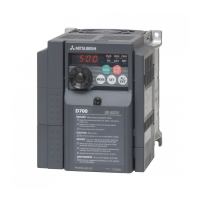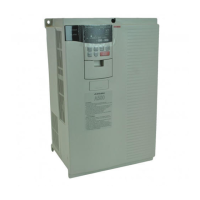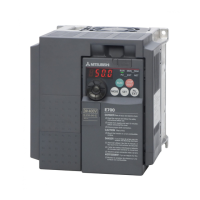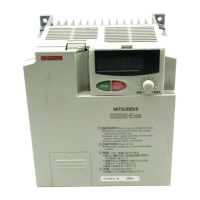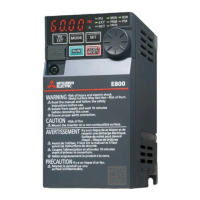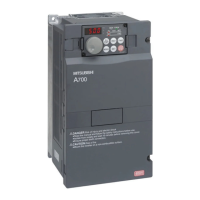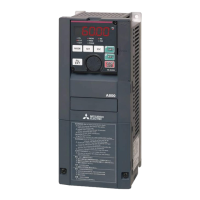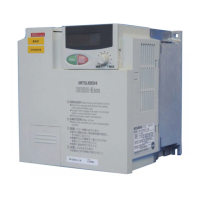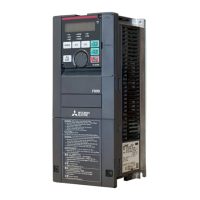How to troubleshoot a Mitsubishi Electric FR-V560 Inverter motor that does not rotate?
- Mmichael55Aug 2, 2025
If the motor connected to your Mitsubishi Electric Inverter isn't rotating, several issues could be the cause. Begin by checking the motor and encoder wiring to ensure it is correct. Next, verify the encoder specifications, paying close attention to the jumper connector settings for 5V/12V/24V/External and differential/complimentary configurations. Also, confirm the encoder wiring is correct by checking that 'FWD' is displayed when the motor runs counter-clockwise. If 'REV' is displayed, adjust the wiring or match the Pr. 852 'encoder rotation direction' setting. Lastly, ensure that the Pr. 851 'number of encoder pulses' setting matches the encoder being used; if they differ, correct the Pr. 851 setting.


